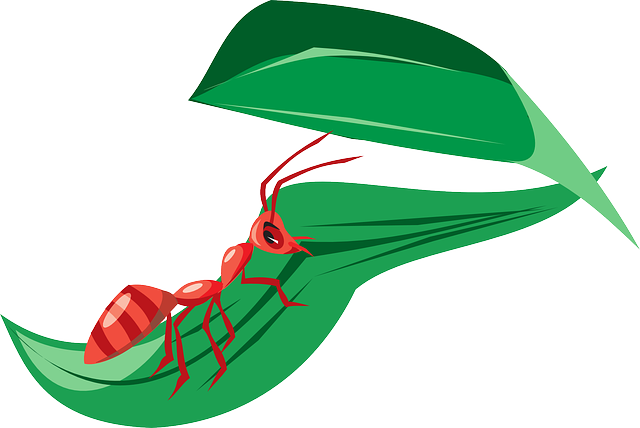Ants, highly organized social insects, form complex colonies with distinct hierarchies and communicate through pheromones. Effective ant control involves early detection of signs like scent trails and nests, tailored strategies including professional inspections and treatments, and preventive measures to disrupt communication and foraging patterns. Different ant species require unique control methods due to their behaviors and preferences. Traditional pesticides raise health and environmental concerns, prompting many to opt for eco-friendly targeted methods used by professionals. Professional ant extermination services offer comprehensive solutions, including baiting systems and localized applications, to eliminate colonies and prevent future infestations. Pre- and post-extermination preparation involves sealing entry points, maintaining cleanliness, and addressing moisture issues. Regular maintenance and swift action are crucial for prolonged ant control. Preventive measures include sealing entry points, cleaning surfaces, yard maintenance, using natural repellents, and scheduling regular professional services.
Looking to reclaim your space from persistent ant invaders? This comprehensive guide delves into the intricate world of ant behavior, helping you understand their relentless pursuit of food and shelter. We explore common ant types and their unique behaviors, demystifying traditional extermination methods and highlighting the expert approach of professional ant control services. Discover pre-treatment preparation tips for effective ant removal and post-extermination care to ensure long-lasting results, plus learn preventative measures to shield your home from future ant infestations. Take back your territory with our ultimate guide to ant control.
Understanding Ant Behavior and Infestations
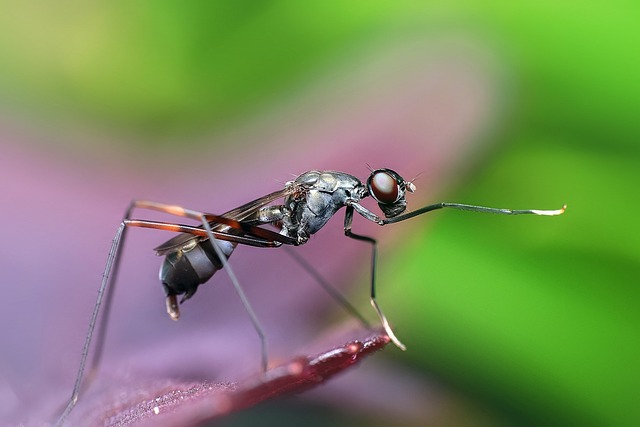
Ants are highly organized social insects, living in complex colonies with a distinct hierarchy. Understanding their behavior is crucial for effective ant control. These tiny creatures establish intricate communication networks using pheromones, allowing them to quickly locate food sources and coordinate activities within their colony. When an ant finds a substantial food supply, it leaves a scent trail back to the nest, inviting other ants to follow. This behavior can lead to rapid population growth and the development of infestations.
Recognizing the signs of an ant invasion is essential for prompt action. Ants often leave visible trails on floors, walls, or furniture, indicating their path to food sources. Their nests might be located nearby, in cracks, under objects, or even indoors. Effective ant control requires identifying these signs early and employing tailored strategies. Professional exterminators use a combination of methods, including inspecting for nest locations, applying targeted treatments, and implementing preventive measures to disrupt the ants’ communication and foraging patterns.
Common Types of Ants and Their Behaviors
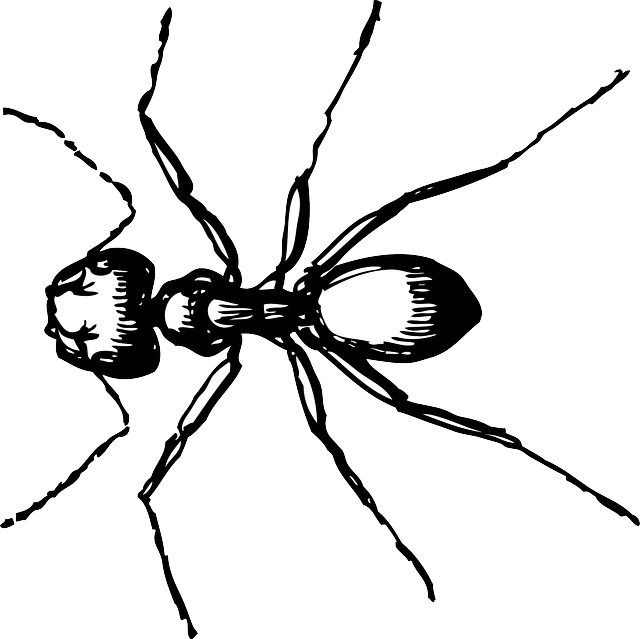
Ants are social insects that live in colonies, with each colony consisting of workers, a queen, and sometimes males. Understanding the types of ants and their behaviors is crucial for effective ant control. Common ant species include the Argentine ant, Caribbean sugar ant, odorous house ant, and the Oriental rat bee. These ants have distinct characteristics and preferences:
– Argentine ants are highly invasive and often found in large numbers. They prefer sweet substances and tend to follow the same routes when foraging.
– Caribbean sugar ants are smaller and more discreet, living in various habitats, from forests to urban areas. They feed on a variety of foods, including fungi, nectar, and proteins.
– Odorous house ants, as their name suggests, emit a distinct coconut-like odor. They establish nests near moisture sources and are attracted to sweet substances and proteins.
– Oriental rat bees are larger and more aggressive. Unlike other ant species, they are not typically sugar-seeking and prefer protein-rich foods. They build large nests in various locations, including walls, attics, or tree hollows.
Traditional Ant Extermination Methods
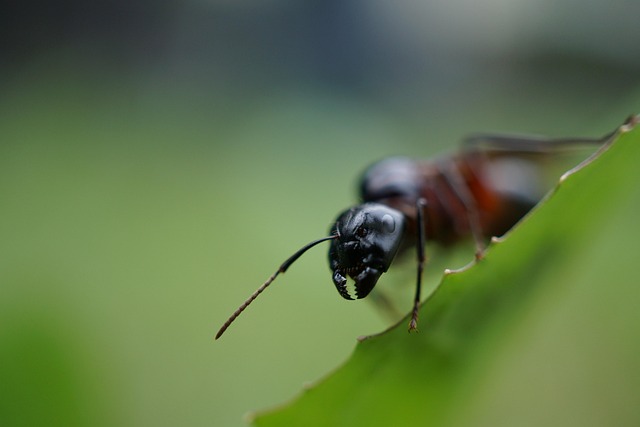
Ants are relentless intruders that can quickly take over a home or business, causing disruptions and damage along the way. Traditional methods for ant control often involve chemical pesticides, which while effective, come with their own set of concerns—including potential health risks to humans and pets, environmental impact, and resistance buildup in ant populations. These chemicals can leave behind residuals that may persist long after treatment, posing risks to those who occupy the space.
As a result, many are turning to more eco-friendly and targeted approaches for ant control. Professional exterminators now employ a range of tactics, from baits that attract and eliminate ants without harming other organisms to heat treatments that disrupt the ants’ life cycles. These modern methods prioritize safety and efficiency, ensuring that ant infestations are effectively managed while minimizing negative impacts on the environment and non-target species.
Professional Ant Control Services: The Expert Approach
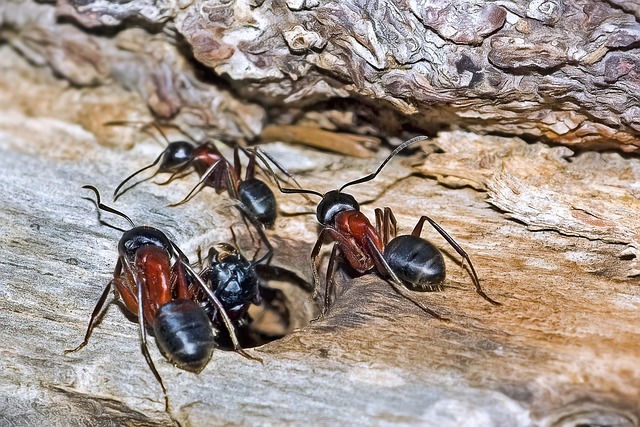
Professional ant control services offer an expert approach to dealing with ant infestations, ensuring swift and effective resolution. These specialized teams employ advanced techniques and industry-leading products to identify and eliminate ant colonies, preventing future invasions. Trained professionals conduct thorough inspections to pinpoint ant entry points, nest locations, and the extent of the infestation.
Unlike DIY methods that may provide temporary relief, professional services take a comprehensive approach. They use targeted treatments, such as baiting systems or localized applications, to disrupt ant communication networks and eliminate queens, breaking the colony’s cycle. Additionally, these experts can offer ongoing monitoring and maintenance plans to safeguard against recurring infestations, providing peace of mind for homeowners and businesses alike.
Pre-Treatment Preparation for Effective Ant Removal
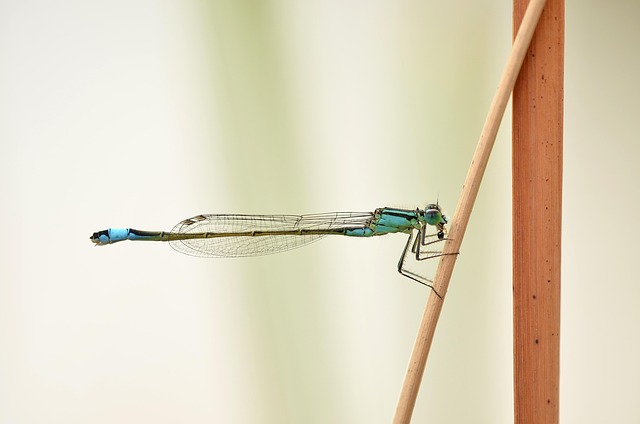
Before professional ant extermination begins, thorough preparation is key for effective ant control. This initial step involves a meticulous inspection to identify ant entry points and nest locations. Sealing these access points with caulk or other appropriate materials helps prevent ants from reentering after treatment. It’s also crucial to maintain cleanliness by wiping down surfaces and sweeping floors, eliminating any food debris that might attract the insects.
Additionally, removing sources of moisture around the property is essential for ant control. Fixing leaky pipes and ensuring proper drainage can significantly deter ants from making your space their home. These preparatory measures not only enhance the effectiveness of the extermination process but also ensure long-lasting results in ant prevention.
Post-Extermination Care and Maintenance Tips
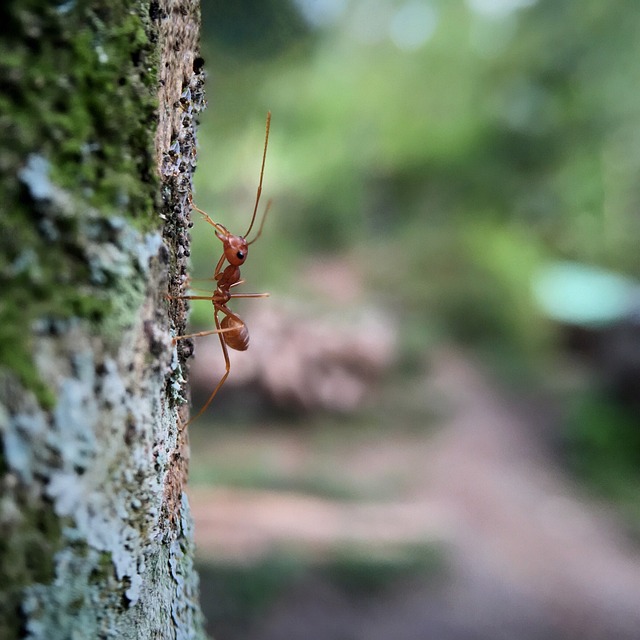
After a professional ant extermination, maintaining a clean and sealed environment is crucial for long-term ant control. Start by removing any food sources that might have attracted them in the first place—this includes storing food in airtight containers and regularly wiping down surfaces. Regular cleaning with hot, soapy water can help remove any lingering pheromones or scent trails that could guide new ant colonies back into your space.
Additionally, inspect your home for any cracks or gaps where ants might be entering. Sealing these entry points with caulk or other appropriate materials can prevent future infestations. Keep in mind that regular maintenance and prompt action upon spotting any ant activity are key to maintaining an ant-free environment.
Preventing Future Ant Infestations

After successfully ridding your space of ants, preventing future infestations is crucial for maintaining a pest-free environment. The first step in ant control involves identifying and eliminating any potential entry points. Ants are known to navigate through tiny cracks and crevices, so sealing off these access points with caulk or weatherstripping can significantly deter their return. Regularly cleaning your home, especially wiping down surfaces where food is prepared or stored, removes scent trails that might attract ants back.
Additionally, maintaining a clean yard is essential. Outdoor ant control involves keeping greenery trimmed and removing any debris or woodpiles, as these can serve as nesting sites. Using natural repellents like citronella plants or peppermint oil around your property can also help keep ants at bay. By combining these preventive measures with regular professional pest control services, you can effectively manage and control ant infestations for a more peaceful living space.
